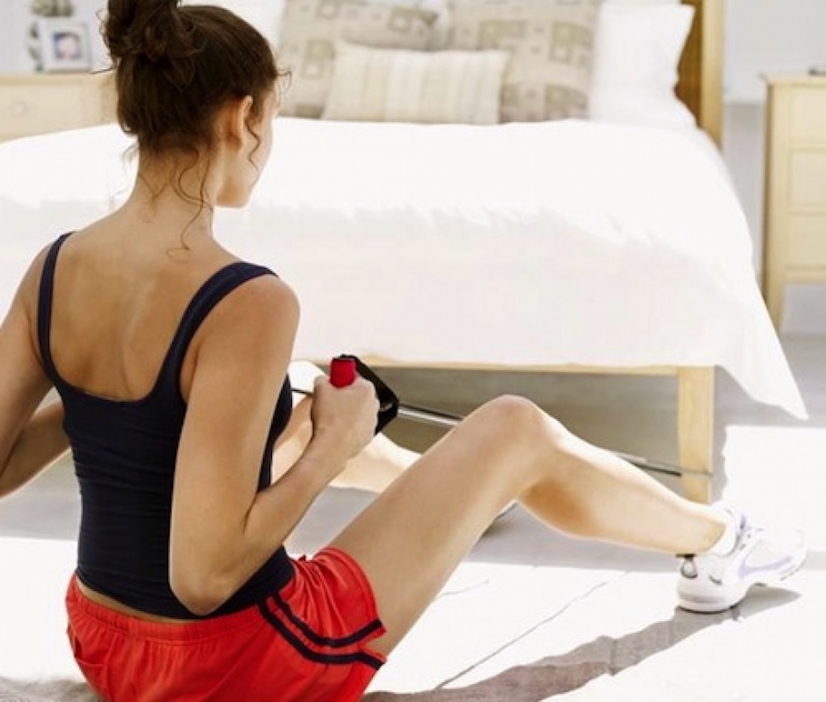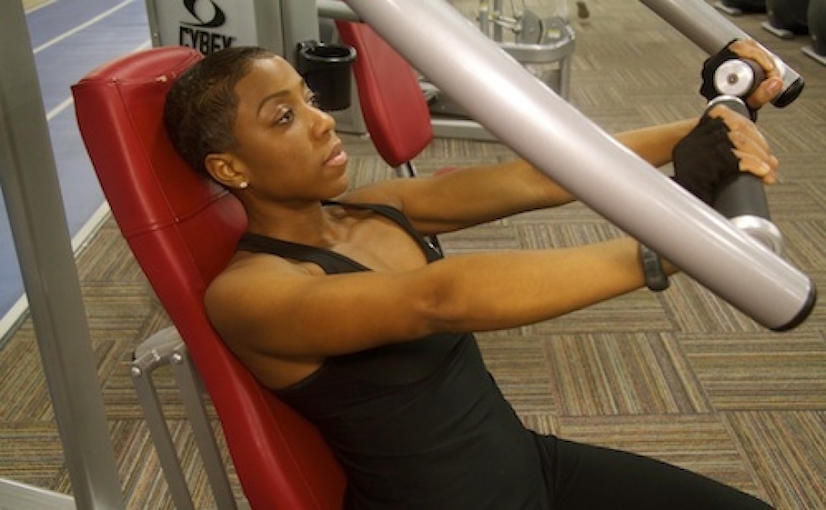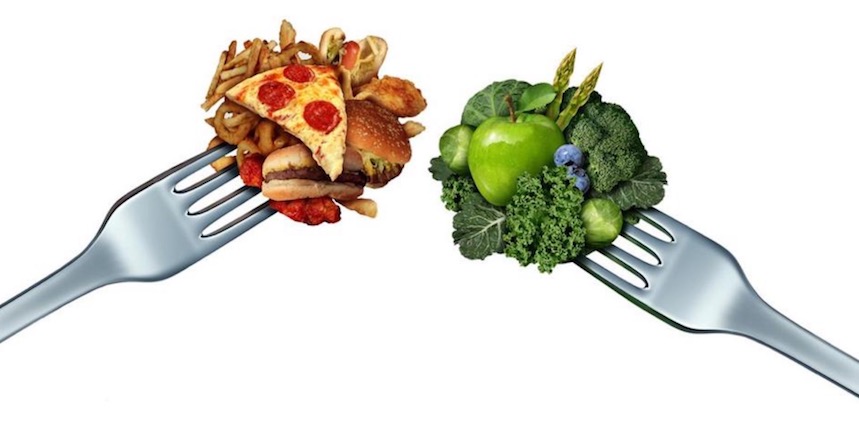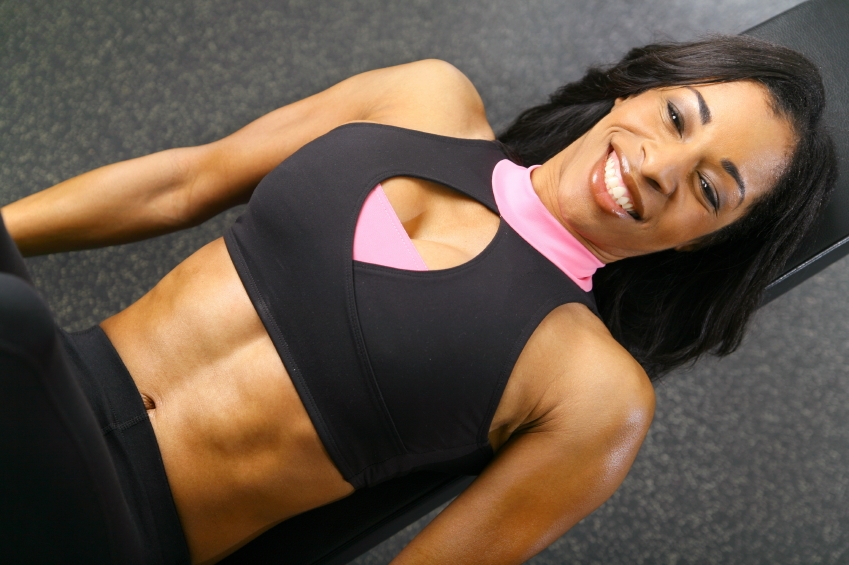Are you bothered by the appearance of cellulite? You’re certainly not alone, as cellulite is a very widespread skin problem that affects countless women, both young and old. Cellulite itself manifests primarily as small to large sized bulges, dimples and dents on the hips, buttocks and thighs. While it’s painless and harmless, the presence of cellulite can put a real hurt on your confidence and psyche.
In many cases, the general appearance of cellulite can be reduced and, in some cases, even prevented with targeted dietary strategies and persistent exercise training. But before I get into that, let me pause for a minute to explain what actually causes cellulite in the first place.
Cellulite most commonly results from excess fat accumulation and often, although not always, occurs during weight gain. There are several different layers of fat housed beneath the skin. The first is a subcutaneous layer, which is located just underneath the skin. Situated under that are two additional reserve layers of fat.
These reserve fat layers are primary culprits in the development of cellulite.
When extreme calorie surpluses result from overeating and/or a lack of exercise, excess calories are generally stored as adipocytes (fat cells) within reserve layers. When these fat cells grow and push up against the subcutaneous layer, the appearance of cellulite becomes evident.
Although cellulite is closely linked to what you eat (diet) and what you do (exercise or lack thereof), it’s also linked to uncontrollable factors like genetics, hormonal levels, and inherent body fat distribution (apple shape versus pear shape). But, as I stated, targeted dietary strategies and persistent exercise training can make a real difference. So, if you’re trying to rid your body of unsightly cellulite, here are five things you can do today!
1. Consume a diet rich in high-quality macronutrients and micronutrients.
Macronutrients (carbohydrates, dietary fat, and protein) housed in the foods you eat can greatly influence the development of cellulite. For instance, regularly consuming high-quality carbs (vegetables and fruit, legumes, and whole-grains) and protein-rich foods helps inhibit excess fat cell buildup while taking in “good” fats (olive oil, avocado, nuts and seeds) increases the mobilization (release) of fat cells from existing fat stores.
In addition to the direct effects of macronutrients within foods, the collection of micronutrients (vitamins and minerals) they contain can substantially boost the body’s inherent fat-burning capabilities in ways that help stop cellulite from forming.
Related Article: A Simple Guide to Eating Sensibly
2. Avoid overly processed carbohydrates and foods containing trans fats.
Overly processed carbs and trans fats are like fuel for fat cells within subcutaneous and reserve layers. Such foods include commercially baked goods (cakes, cookies, and crackers), white bread, rice and pasta, soft drinks, battered and/or deep fried foods (French fries, fried meats, and doughnuts), shortening (Crisco) and stick margarine. As these foods can really augment the overall appearance of cellulite, better to just avoid them whenever possible.
Related Article: Tip to Dieters: Beware of Empty Calorie Foods
3. Regularly monitor your calorie consumption and expenditure.
You can greatly minimize your risk for weight gain by regularly monitoring the amount of calories you consume during meals as well as the amount you expend (burn) during exercise and other types of physical activity. Weight gain begins when you consume more calories than you burn, as this creates calorie surpluses in the body, speeding up fat cell accumulation and, ultimately, cellulite development.
A pound of fat houses about 3,500 calories; therefore, if you accumulate in excess of 3,500 calorie or more, you’ll gain weight. To avoid this, consider using MyFitnessPal or another free online calorie tracker.
Related Article: 3 Highly Effective Ways to Lose Weight Without Counting Calories
4. Perform moderate-to-high intensity cardiovascular exercise.
Upping the intensity at which you perform cardiovascular (cardio) exercise can reduce the appearance of cellulite by doubling the rate at which you burn calories. Such exercises include jogging or running sprints, elliptical training with increased resistance, bicycling outdoors with high gears or stationary cycling with hills, stair climbing, and group exercise formats like cardio kickboxing, spinning or high-intensity interval training (HIIT).
In addition to maximizing fat-burning, regularly performing these exercises can induce a toning effect in your lower half, further lessening the appearance of cellulite. For maximum results, perform 3-5 days of cardio each week for at least 30-45 minutes.
Related Article: Target Heart Rate: Are You Working Out Hard Enough?
5. Firm up troubled areas with targeted resistance training.
Resistance training is one of the best ways to reduce the overall appearance of cellulite. In addition to its muscle building effects, this type of training naturally boosts metabolism in ways that can greatly maximize fat-burning. To stop cellulite from forming, performing exercises that specifically target the hips, butt, and thighs. These include squats, lunges, deadlifts, and step-ups. Shoot for 3-4 sets of 12-20 repetitions on 2-3 non-consecutive days each week.
You should also perform additional exercises for your chest, back, shoulders, arms, and abdominal muscle groups to further boost your body’s fat-burning potential. Doing so is also crucial for maintaining healthy muscle balance.
Related Article: 5 Reasons Why Resistance Training Is Necessary for Weight Loss
And there you have it! Five highly strategies for effectively ridding your body of unsightly cellulite. Once you’ve followed these steps and successfully battled this problem, it’s important that you continue to maintain sensible eating habits and exercise regularly. This’ll ensure that you successfully maintain the results you’ve accomplished.







